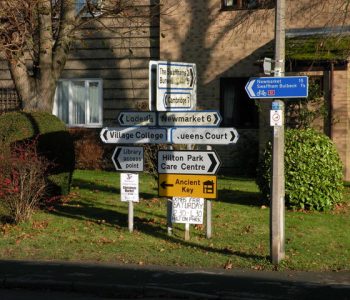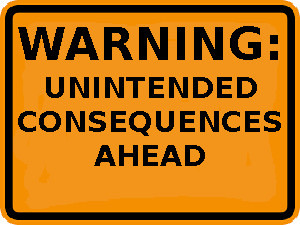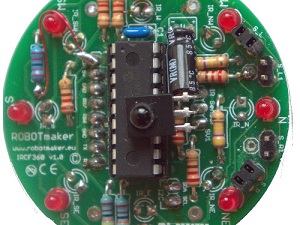Measurements of the duration of an activity have a granularity: fine granularity divides time into small segments and coarse granularity divides time into large segments.
Coarse granularity can conceal fine granularity variations. For example, with 30 minute granularity we say that a workstation is occupied between 11 and 11:30am; but with 10 minute granularity segments we can say that it is occupied between 11and 11:10am, unoccupied between 11:10 and 11.20am, and occupied between 11.20 and 11.30am.
Occupancy measurements do not increase as granularity gets finer. As in the example above, finer granularity increases the possibility of recording non-occupation episodes. Hence occupancy measurements tend to fall with finer granularity.
Measurements with granularity that is too coarse are of limited value, but excessively fine granularity is data-heavy and of little value: for occupancy analytics, what’s the point of 15 second granularity over a working day? – whereas the measurement of an athlete’s performance may use 0.1 second granularity.
Fine granularity measurements can be combined to give coarse granularity measurements, but coarse granularity measurements cannot be split into fine granularity measurements.
The choice of granularity is determined by the purpose of the measurement and the way the data will be analysed.
« Back to Glossary Index



